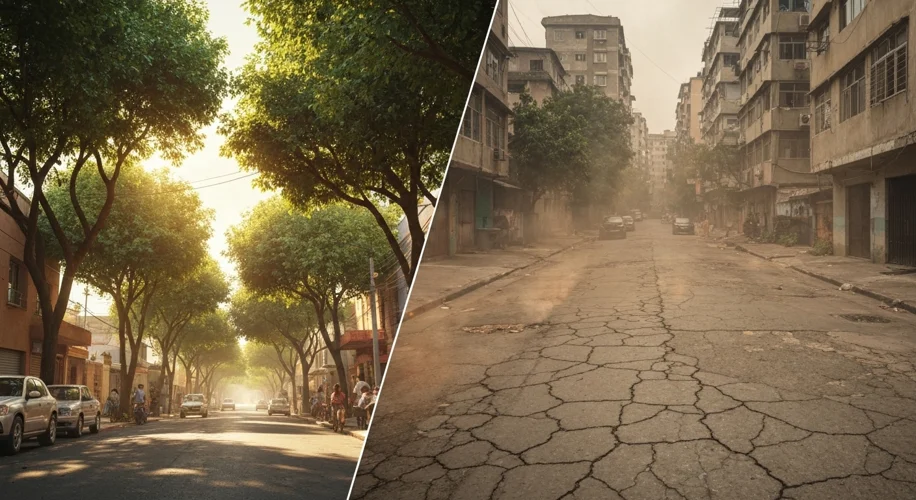As a scientist specializing in climate modeling and the urban heat island effect, I’ve seen firsthand how our changing planet impacts communities. Today, August 7, 2025, I want to talk about something deeply important to me: the intersection of climate change and social justice, particularly how it disproportionately affects Black communities.
It’s easy to think of climate change as an abstract problem, something happening far away. But the reality is, it’s here, and it’s hitting some of us harder than others. This isn’t just about melting glaciers or rising sea levels; it’s about the air we breathe, the water we drink, and the health of our families.
Environmental Racism: A Historical Reality
Did you know that many Black communities are located in areas that were historically redlined or otherwise marginalized? These neighborhoods often lack green spaces, have older infrastructure, and are disproportionately exposed to pollution. This is often referred to as environmental racism – the systemic placement of environmental hazards in communities of color.
When we talk about the urban heat island effect, we’re talking about how cities can be significantly hotter than surrounding rural areas. This is due to buildings, roads, and other surfaces that absorb and retain heat. In many cities, the neighborhoods with less tree cover, more concrete, and older, less efficient buildings – often Black and low-income communities – experience the most extreme heat.
Health Disparities Amplified
This increased heat isn’t just uncomfortable; it’s a serious health risk. During heatwaves, communities with less access to air conditioning or shaded public spaces are more vulnerable to heatstroke, respiratory problems, and cardiovascular issues. Black individuals, for instance, have higher rates of certain conditions like hypertension and asthma, which can be exacerbated by extreme heat and poor air quality.
Think about it: if your neighborhood has fewer trees, more asphalt, and less green space, it’s going to get hotter. And if your home has older insulation and less efficient cooling, it’s harder to escape that heat. This creates a cycle where the very places that need relief the most are often the least equipped to handle extreme temperatures.
Community-Led Actions: Powering Change
But here’s what gives me hope: the incredible resilience and ingenuity of community-led actions. People in these affected neighborhoods aren’t just waiting for solutions; they’re creating them.
From advocating for more tree planting and green infrastructure to developing local cooling centers and community gardens, these initiatives are vital. They address immediate needs while building long-term resilience. I’ve seen how local organizations are working to improve air quality monitoring, create educational programs about heat safety, and push for policy changes that prioritize equitable development.
Moving Forward Together
Understanding the science behind climate change is crucial, but so is understanding its social dimensions. Climate change is a complex challenge, but it’s also an opportunity to build more just and equitable communities. By acknowledging these disparities and supporting community-driven solutions, we can work towards a future where everyone, regardless of their zip code or race, can thrive.
This is why I’m so passionate about this work. It’s about applying scientific knowledge to solve real-world problems that affect real people. And it’s about ensuring that the transition to a more sustainable future leaves no one behind.

